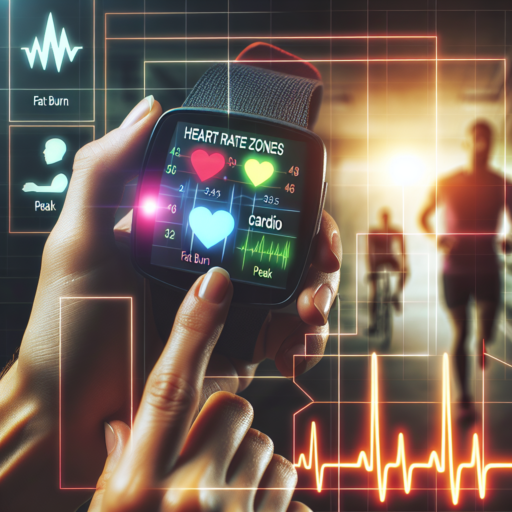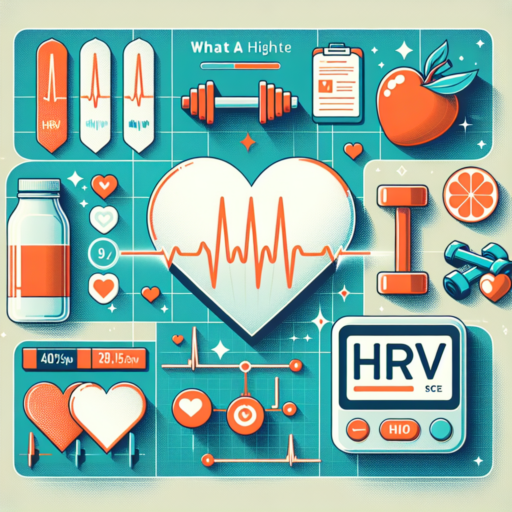What is the healthy heart rate zone for your age?
Understanding the healthy heart rate zone is crucial for both enhancing physical fitness and monitoring cardiovascular health. Your age significantly influences what is considered a healthy heart rate zone, impacting how you should tailor your exercise and activity levels. It’s essential to recognize these zones to optimize your workouts and ensure you’re not overexerting or undertraining your heart.
Calculating the maximum heart rate (MHR) is the first step in identifying your healthy heart rate zone. The most accepted method is subtracting your age from 220. For instance, a 30-year-old would have an MHR of 190 beats per minute (bpm). Within this context, the recommended heart rate zone for moderate-intensity exercises usually ranges from 50% to 70% of your MHR, while vigorous workouts might require staying between 70% and 85%.
It’s worth noting that these percentages can slightly vary depending on individual health conditions, fitness levels, and specific goals. Therefore, consulting with a healthcare or fitness professional is advisable to determine the most accurate and safe heart rate zone for you. Regular monitoring of your heart rate during exercise can provide valuable feedback, helping to ensure that you’re exercising within your healthy heart rate zone, optimizing benefits, and minimizing risks.
No se han encontrado productos.
What is ideal heart rate with age?
Understanding the ideal heart rate with age is crucial for maintaining cardiovascular health. As we age, the heart undergoes changes that can affect its rate and overall function. The ideal heart rate, particularly the resting heart rate, can serve as an indicator of an individual’s heart health and fitness level.
Finding Your Ideal Heart Rate
The average resting heart rate for adults ranges from 60 to 100 beats per minute (bpm). However, it’s important to note that what’s considered ideal can vary widely based on factors such as age, fitness level, and the presence of medical conditions. Generally, younger individuals have a slightly higher resting heart rate compared to older adults, with athletes often showcasing lower rates due to better cardiovascular efficiency.
As you get older, maintaining an awareness of your heart rate and how it corresponds with your age can provide valuable insights into your cardiovascular health. For example, a lower resting heart rate in seniors can indicate a well-maintained heart muscle, while a consistently high rate might signal the need for medical assessment.
For a detailed guide on age-specific heart rate ranges and tips on how to measure your heart rate accurately, consulting reputable health sources can ensure you’re well-informed about your heart health as you age. Remember, keeping an eye on your heart rate is just one aspect of maintaining cardiovascular health, but it’s a vital one that can offer early signs of potential health issues or reassure you of your heart’s good condition.
Which heart rate zone is best?
Understanding the best heart rate zone for your fitness goals is critical for optimizing your workouts and ensuring you’re exercising efficiently. Generally, heart rate zones are divided into different levels, each offering unique benefits for your body. Whether your aim is to improve cardiovascular endurance, burn fat, or build muscle strength, recognizing and staying within your ideal heart rate zone can make all the difference.
The «fat-burning» zone, often set between 50% and 70% of your maximum heart rate, is highly targeted for those looking to lose weight. In this range, the body’s primary energy source is the fat stores, rather than carbohydrates or protein. This zone is particularly beneficial for those aiming to decrease body fat percentage without significantly impacting muscle mass. On the other hand, the «cardio» zone, which ranges from 70% to 85% of your maximum heart rate, focuses on improving cardiovascular health and endurance. This higher intensity range challenges the heart and lungs, increasing overall fitness and stamina.
Choosing the right zone depends on your specific fitness goals and current fitness level. Beginners might find more benefit in starting with lower intensity workouts in the fat-burning zone, gradually increasing intensity as their fitness improves. Conversely, more experienced athletes might train in higher zones to enhance performance and endurance. It’s also essential to note that working out in higher heart rate zones increases the risk of overtraining and injury, thus listening to your body and maybe consulting with a fitness professional can provide guidance tailored to your personal health and fitness objectives.
What is a good running heart rate by age?
Understanding what constitutes a good running heart rate is essential to optimizing your workout efficiency and safeguarding your health. A good running heart rate varies significantly by age, reflecting the natural changes in heart performance and cardiovascular health over time.
Age-Related Heart Rate Zones
As you age, the maximum heart rate (MHR) decreases. A common method to estimate your MHR is by subtracting your age from 220. For instance, a 20-year-old would have an estimated MHR of about 200 beats per minute (bpm), whereas a 50-year-old would have an MHR of approximately 170 bpm. Understanding your MHR is crucial as it helps in determining your ideal heart rate zones for exercise, including running. These zones, which are expressed as percentages of your MHR, guide you in achieving specific fitness goals, such as fat burning, endurance building, or high-intensity training.
Optimal Running Heart Rate by Age Range
For running, working within 70-85% of your MHR is generally considered beneficial for improving cardiovascular fitness. Here’s a quick breakdown of what this translates to across different age ranges:
- 20-29 Years: 140-170 bpm
- 30-39 Years: 133-162 bpm
- 40-49 Years: 126-153 bpm
- 50-59 Years: 119-145 bpm
- 60+ Years: 112-136 bpm
These figures are broad guidelines and individual fitness levels, health conditions, and personal goals should be taken into account when determining your ideal running heart rate. Monitoring your heart rate during runs and adjusting your pace accordingly can help ensure you’re training within safe and effective limits.




